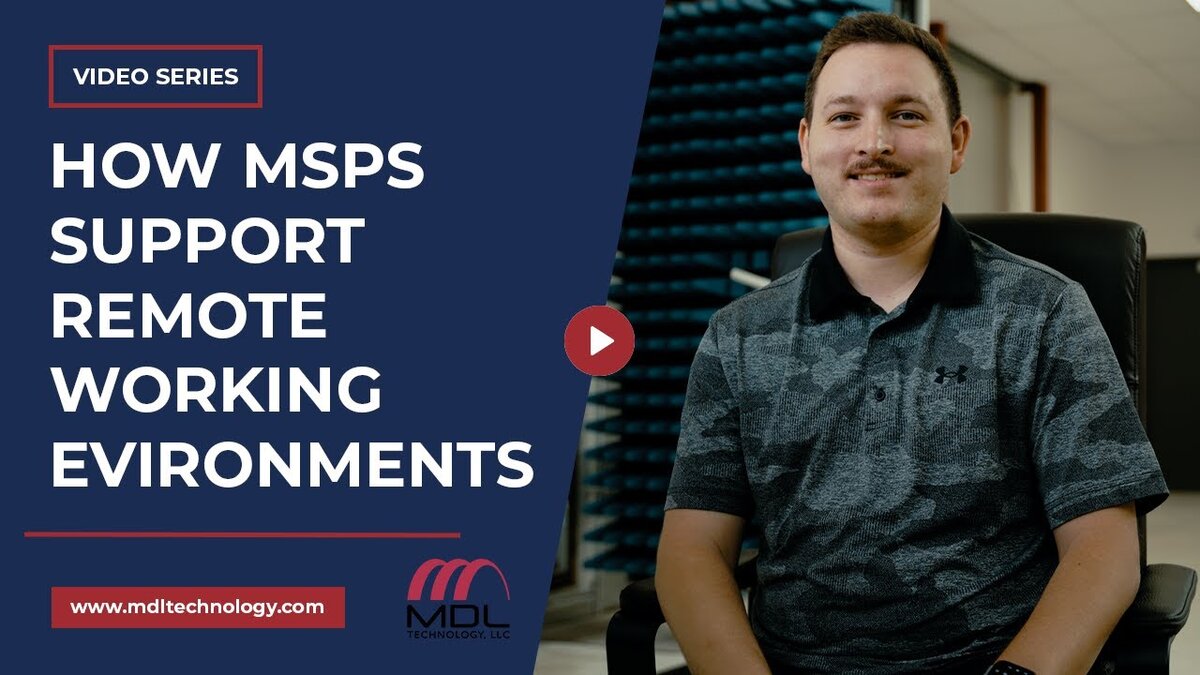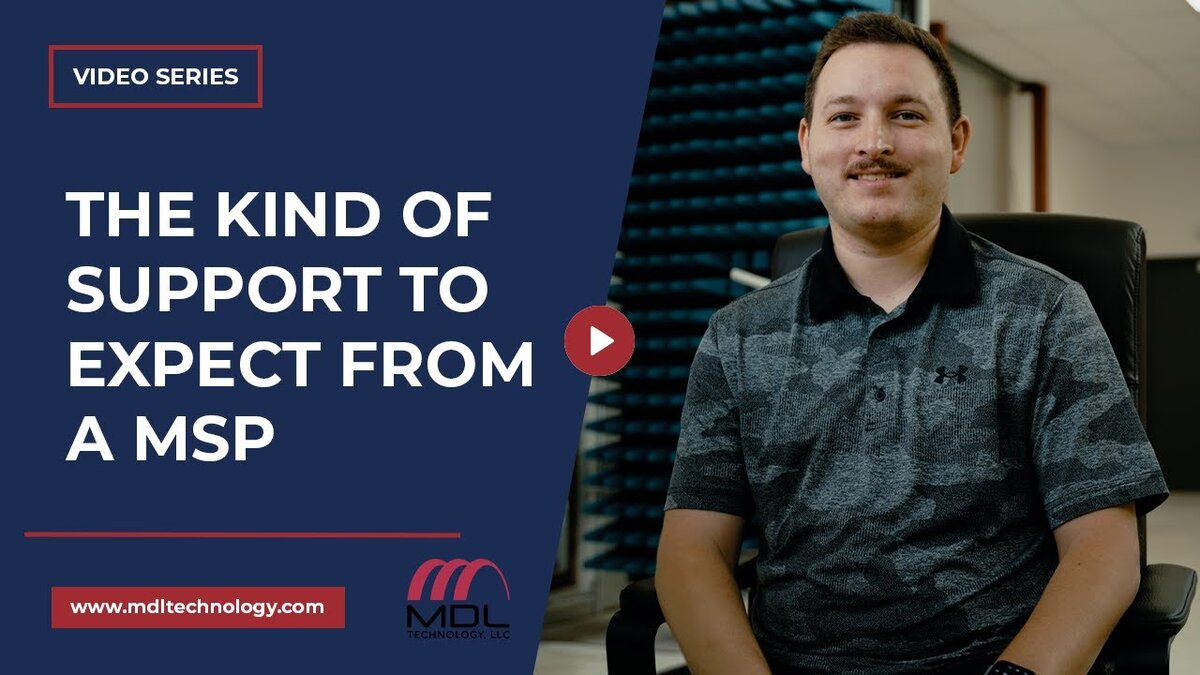Switching to a new Managed Service Provider (MSP) is a significant decision for any business, aiming to enhance IT operations and service quality. This transition involves careful planning and strategic execution to ensure that the new partnership meets your company’s needs while improving overall IT management. In this guide, we’ll explore the essential steps in transitioning to a new MSP, from initiating communication to ongoing maintenance and monitoring, to help you make an informed decision and facilitate a smooth changeover.
Initial Communication and Understanding
The first phase of switching to a new MSP involves establishing initial communication and fostering mutual understanding. This typically entails scheduling a 30 to 60-minute introductory call, during which both parties have the opportunity to introduce themselves and gain insights into each other’s business operations. Through open dialogue, you can articulate your specific needs and expectations, while also learning about the range of services offered by the MSP. This initial exchange sets the groundwork for a collaborative relationship built on transparency and clear communication.
Detailed Proposal and Budget
Following the introductory call, the MSP will provide a detailed proposal outlining the proposed solution and associated budgetary estimates. This comprehensive document offers insights into the recommended services, technologies, and support levels tailored to your organization’s requirements. Evaluating the proposal allows you to assess the feasibility of the proposed solution and determine its alignment with your budgetary constraints. By reviewing the proposal thoroughly and seeking clarification on any ambiguities, you can make an informed decision regarding the next steps in the transition process.
Onboarding and Information Exchange
Upon acceptance of the proposal, the onboarding phase commences, marking the beginning of a collaborative partnership between your organization and the MSP. During this stage, both parties engage in a structured exchange of information, sharing insights into their respective environments, infrastructure, and operational workflows. This information exchange facilitates a deeper understanding of your organization’s unique needs and enables the MSP to tailor their services accordingly. Additionally, establishing communication protocols and escalation procedures ensures seamless collaboration and effective issue resolution moving forward.
Maintenance and Monitoring
With the onboarding process complete, attention shifts to the ongoing maintenance and monitoring of your IT infrastructure. This encompasses a multifaceted approach aimed at ensuring the stability, security, and performance of your systems and applications.
The MSP implements the proposed solution, conducts regular maintenance activities, and proactively monitors your environment for potential issues or vulnerabilities. Quarterly reviews provide an opportunity to assess performance metrics, address emerging challenges, and refine the service delivery model based on feedback from both parties. By prioritizing proactive maintenance and continuous improvement, you can optimize the reliability and efficiency of your IT operations.
In Summary
Transitioning to a new managed service provider involves a structured process encompassing initial communication, proposal evaluation, onboarding, and ongoing maintenance. By following these steps and fostering open communication with your MSP, you can navigate the transition with confidence and realize the benefits of enhanced IT support and services.
If you’re considering switching to a new managed service provider or have questions about the transition process, don’t hesitate to reach out to us. Our team is committed to helping you navigate the complexities of transitioning to a new MSP and ensuring a smooth and successful partnership.



